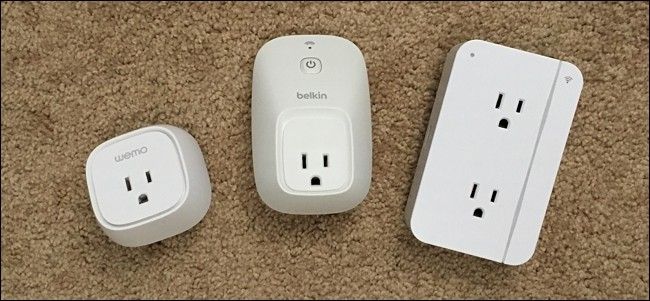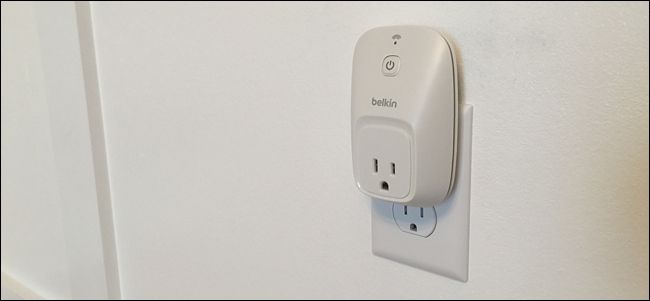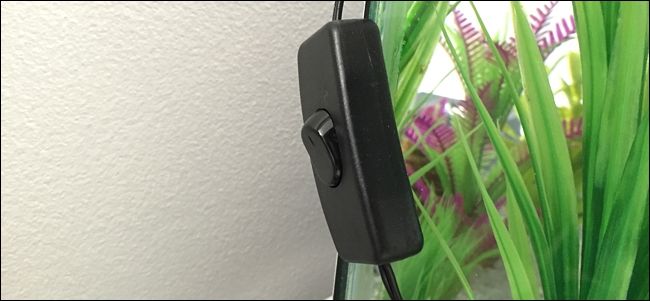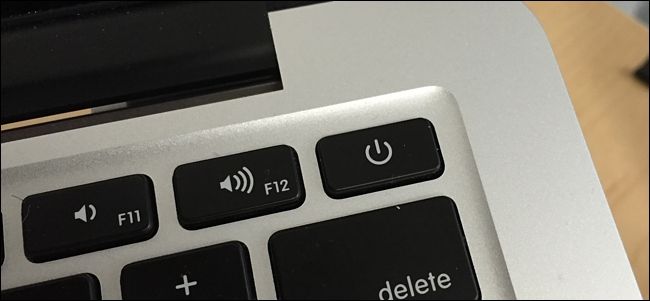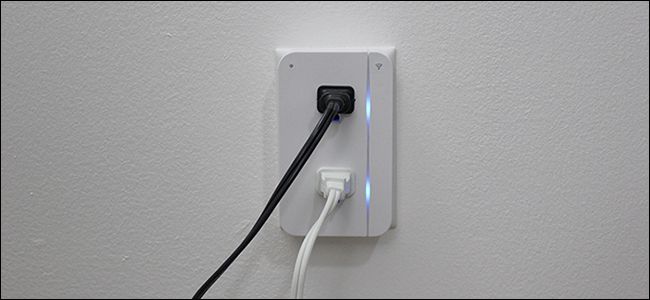Smart outlets are a cheap way to turn your ordinary appliances and fixtures into smart devices. With a smart outlet, you can turn your appliances on and off from your phone, or (in some cases) with your voice through devices like the Amazon Echo. But not every device will work with smart outlets.
All smart outlets (like the Belkin WeMo, ConnectSense, and others) mostly work the same--you plug them into an existing outlet, set them up to connect them to your home's Wi-Fi network, and then plug something into the smart outlet to begin controlling it from your smartphone using the accompanying app.
That means, however, that the electronic device you're plugging in must be on at all times in order for the smart outlet to control it. That can actually cause some problems, since many devices work differently as far as the power is concerned.
All appliances and electronics have a mechanical switch or an electronic switch to turn them on and off, and knowing the difference between the two is critical if you want to take advantage of a smart outlet.
A mechanical switch on a device is a switch with two states that you physically switch back and forth in order to turn it on and off. Think of a rocker switch or a toggle switch when it comes to this--you flip the switch from one side to the other in order to power it on or off.
An electronic switch is merely a button that toggles between states. When you press the button, it'll put the device in the opposite state its currently in, no matter what happened when you pressed it last. Unlike a physical switch, which has distinct "on" and "off" positions, it uses the circuit board's memory to know whether the next button press should be an "on" or an "off". When you wipe that memory by unplugging the device, the first press after you plug it back in will always be an "on", since that's how the memory is programmed.
How does this affect smart outlets? When you turn a device on or off with a smart outlet, it's essentially the same as unplugging the appliance or electronic device and plugging it back in (respectively). This is fine for devices with mechanical switches, since their switch will still be in the "on" position when the smart outlet turns back on. But it doesn't work for devices with electronic switches, which will stay off until you press their switch again.
This limits what you can use with a smart outlet. More and more appliances and electronic devices are using electronic switches as manufacturers move to using digital components instead of older analog components.
The moral of the story? If you're buying an appliance you plan to use with a smart outlet, make sure it has the right kind of switch.
Pretty much every lamp or light fixture still uses a mechanical switch these days. You can also still find space heaters, air conditioners, and other newer appliances that still use mechanical switches, you'll just need to check before you buy.
If you're not sure what kind of switch a device has, a quick way to find out is by turning it on, unplugging it while it's still on, and then plugging it back in. If it doesn't automatically turn back on, then it won't work with a smart outlet.

